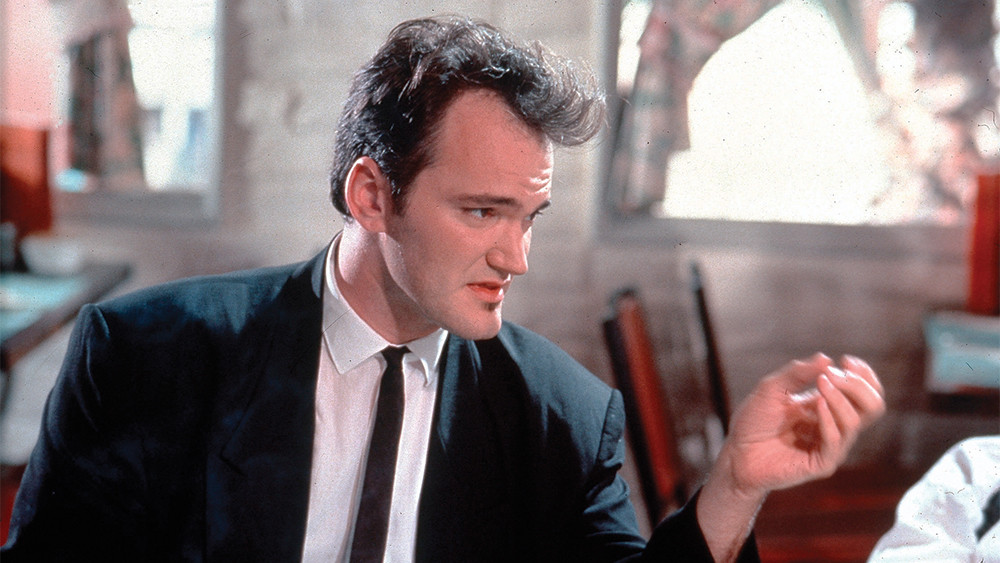
Every great filmmaker has a story about the start of their love affair with cinema. The moment of inspiration usually involves sitting in a dark movie theater, looking up at the screen and being struck by the muse. For the first time, these young filmmakers identify with the authorial voice behind the camera and realize that making a movie could be within their means.
More often than not, these inspiration-inducing movies are themselves the start of brilliant careers, where filmmakers with few resources at their disposal are first able to fully articulate their voice. The chain of inspiration, passes on from filmmaker to filmmaker, with each generation influencing the next and leaving a lasting mark on cinema history. If you’re young and stuck, or considering taking up a camera for the first time, here are a few movies that will help to get the creative juices flowing.
15. Clerks (1994)
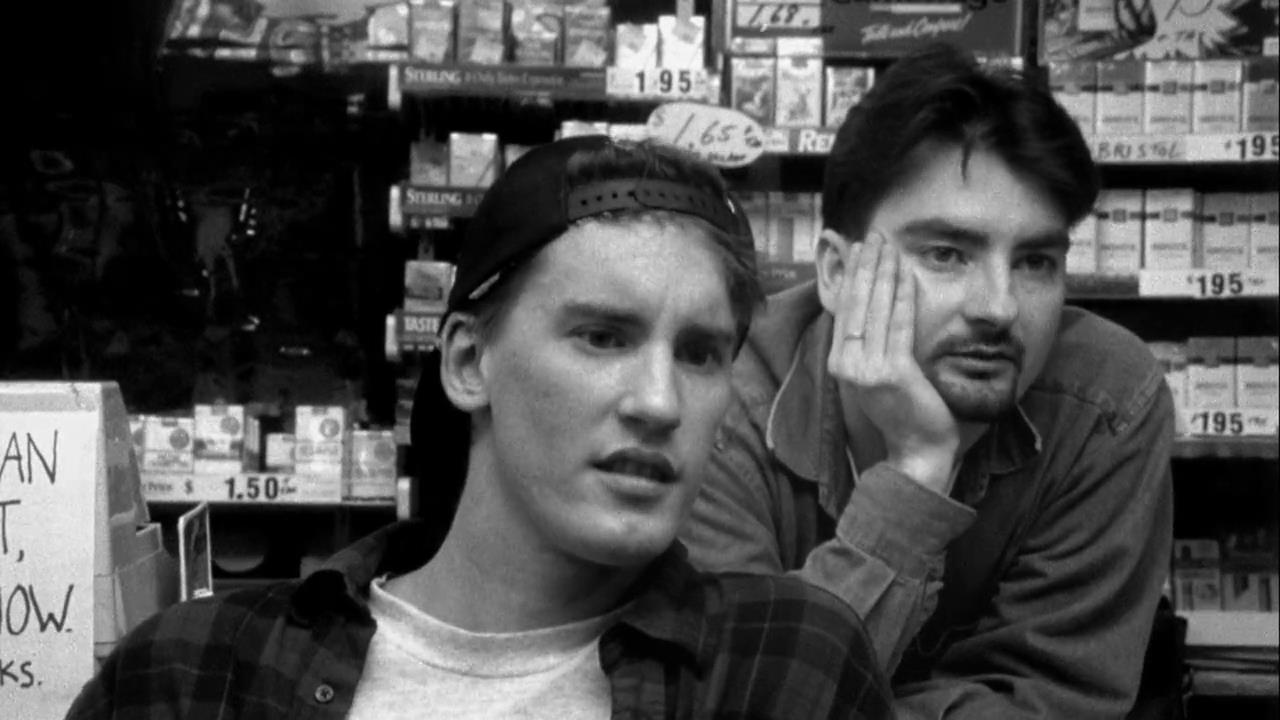
Often derided for “selling out” with his mid-career films, Kevin Smith’s debut feature hit a cultural nerve with its frank and hilarious treatment of sex and pop culture. Shooting at night with his friends in the New Jersey convenience store where he worked during the day, Smith famously put himself into credit card debt to make the movie and created a new model for aspiring indie auteurs.
The largely plotless film concerns itself with a day in the life of two grocery store clerks and their aimless conversations about sex, relationships and pop culture. Ultimately, the drama boils down to Dante, one of the clerks in the title, having to choose whether to stay with his current girlfriend, Veronica, whose promiscuous past troubles him, or to try and renew his flame with his high school sweetheart Caitlin.
The $20,000 budget was less than what most filmmakers spend on a short film and proves the old adage of “write what you know.” Smith’s film works because there’s a raw authenticity to it that can only come from life experience.
The film proved to be incredibly influential, not only for showing that pretty much anyone could make a movie, but also for pushing the envelope of what was acceptable in a comedy. Smith paved the way for the dialogue-heavy, R-rated comedies of Judd Apatow and provided the loose, improvisational and thrifty model that mumblecore filmmakers like Joe Swanberg and the Duplass brothers would follow.
14. Slacker (1991)
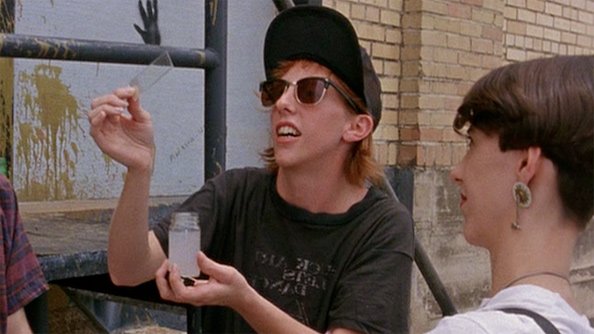
Richard Linklater’s debut is the inflection point of the independent scene that took hold of American cinema in the 90s. It establishes many of Linklater’s auteurist traits, including long tracking takes, aimless but poignant monologues and a penchant for the kind of deep ideas that keep college freshmen up all night in pot-fueled conversations.
Slacker is perhaps most famous for its unique structure, where groups of characters pass on the narrative point of view like a baton in a relay race. Sometimes we spend enough time with a character to allow a mini-story to emerge, as if we’ve tuned in to a channel midway through a movie.
Other times, a vignette is just a monologue, expounding some unique worldview or conspiracy theory. The result is an astounding and at times poetic portrait of a community that shares a particular mindset of alienation with the American mainstream and a fascination with the criminal, offbeat and just plain weird.
Slacker not only preceded the experimental narrative structure and pop-culture non sequiturs of Tarantino, but served as a manifesto for an entire generation of slackers and stoners who saw themselves reflected on screen– among them, Kevin Smith, who cites the film as his inspiration for making Clerks.
13. Tangerine (2015)
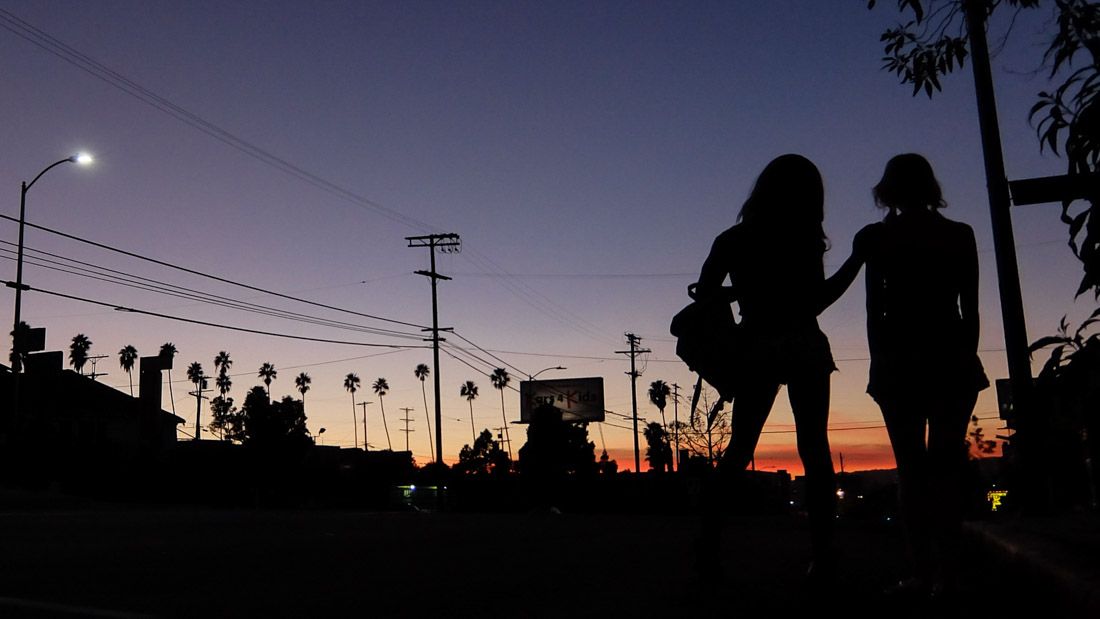
A lot of think pieces were written in the early aughts about how the accessibility of good digital video cameras and editing software would galvanize a new generation of DIY filmmakers. Instead, the democratization of filmmaking tools gave birth to a generation of YouTube influencers and a flood of terrible shorts that rarely see the light of day.
It turns out making a good film depends on a whole lot more than tools; it requires a unique vision, good storytelling sense and an understanding of cinematic language. Tangerine isn’t the first film to be fully shot using a cellphone camera, but it certainly has been the most successful.
Tangerine follows the day in the life of two transgender women, Sin-Dee and Alexandra, played by the incredibly funny, charismatic and vulnerable Mya Taylor and Kitana Rodriguez. Sin-Dee returns from a stint in jail to discover that her pimp and boyfriend Chester, played by James Ransone, has been cheating on her (with a cis-woman no less, a “real fish”.) She enlists Alexandra’s help and the two embark on a journey to find and confront Chester.
Despite the barebones production budget, writer/director Sean Baker and his co-DP Cheung Radium used the iPhone 5 to maximum effect. In lieu of dollies, cranes and boom arms, they used bicycles, washer poles and stabilizer rigs to keep their camera in constant movement and shoot in locations that would otherwise be impossible.
All the elements in the film– the kinetic, supersaturated cinematography, the Trap soundtrack culled from Soundcloud, the incredibly performances and the funny heartfelt script –gel together to make a fully realized cinematic experience that’s not quite like anything else out there.
12. Primer (2004)
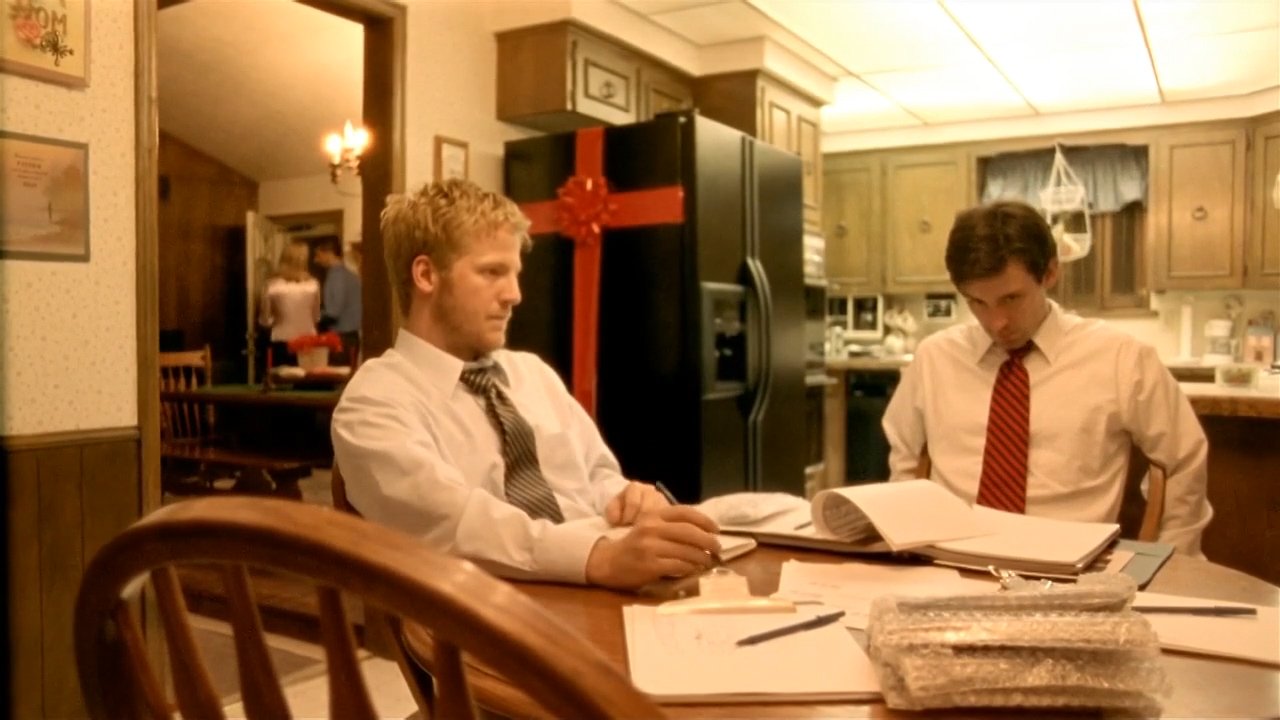
Shane Carruth is the ultimate one-man-band filmmaker, doing everything from writing, shooting, acting editing and even handling his own distribution. With his first film Primer, Carruth showed that thrifty filmmaking can sustain a high concept sci-fi premise and an incredibly complex narrative. In fact, Primer’s intertwining timelines can stand to compete for the title of the most complex film plot ever.
There’s no sense in trying to break down the details of Primer in a few sentences, but the gist of the story involves two friends, Abe and Aaron, the latter played by director Shane Carruth, who invent a method of time travel they call “the box.” They decide to use the box with caution, traveling back in time only a few hours at a time to make money by playing the stock market. Eventually, the temptation of time travel becomes too much to resist and the men throw caution to the wind, betraying their own rules and creating a mind-boggling mess of intertwining timelines.
Primer can occasionally feel like an intellectual exercise that needs to be studied and dissected to be appreciated, but the secret to its success is that it works well enough on a first viewing to make you want to return to the film again and again and attempt to decipher its secrets.
11. La jetée (1962)
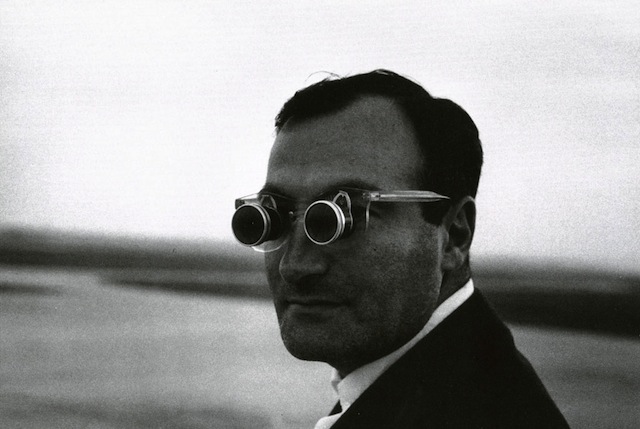
Who said you need moving images to make a film? With La jetée, Chris Marker deconstructs cinema down to its basic components. He uses still images, voice-over narration and music to create one of the most compelling, thought-provoking and poetic science fiction films ever committed to celluloid.
La jétee takes place in a future where humanity has been devastated by a nuclear war that has left the surface uninhabitable. The protagonist, a prisoner of the totalitarian regime that now reigns in the catacombs of Paris, is sent into the past and future seeking aid for his post-apocalyptic society. The key to his ability to travel in time is a particularly strong memory he has of witnessing a murder in an airport before the war.
If the plot seems familiar, it’s because the story was adapted by screenwriters David and Janet Peoples for Terry Gilliam’s 1996 sci-fi action thriller 12 Monkeys. But Chris Marker isn’t interested in thrills, instead he uses his high-concept plot to explore and dissect ideas about the interconnections of memories, visual images and the transience of existence.
Technically, La jetée isn’t even a feature film (it comes in a little under 30 minutes), but it has earned its way into the pantheon of great cinema because it oozes inspiration-inducing cinematic brilliance from every (still) frame.
10. The Celebration aka Dogme #1 – Festen (1998)
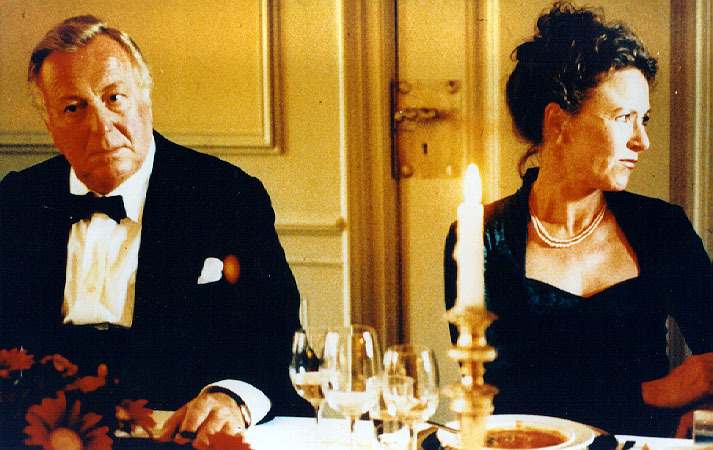
Lars Von Trier and Thomas Vinterberg made waves with their Dogme 95 manifesto, which called for a repudiation of studio filmmaking and auteur theory in favor of a more grounded approach to the medium, which included using real locations, available lighting, handheld cameras and grounded stories.
The monastic limitations of Dogme 95 suggested a kind of self-conscious, art-film style that often produces unwatchable movies, but when the first Dogme film hit theaters three years later, it proved to be just the opposite. By stripping away the artifice of studio filmmaking, Vinterberg produced something raw, ferocious and visceral.
The film takes place over a single day at a hotel in the Danish countryside where the owners’ family and friends gather for his 60th birthday. The ensemble is comprised of the patriarch, his two sons, played by Danish stars Thomas Bo Larsen and Ulrich Thomsen, his daughter, played by Paprika Steen, and their respective partners. From the get-go, it’s clear something is rotten in the state of Denmark. As the day goes on, accusations are made, insults are hurled, long-held secrets come to light and family ties are shattered.
The film is a tour-de-force for all involved, with superb performances from the entire cast and a script that keeps delivering punches and twists without ever crossing the threshold into melodrama. The Celebration would have been a classic on the merits of the cast and script alone, but it also marks the start of now legendary DP Anthony Dod Mantle, who manages to create an immediacy and beauty in the film despite being constrained to using available lighting and shooting all the footage on a handheld Sony Camcorder.
9. Pusher (1996)
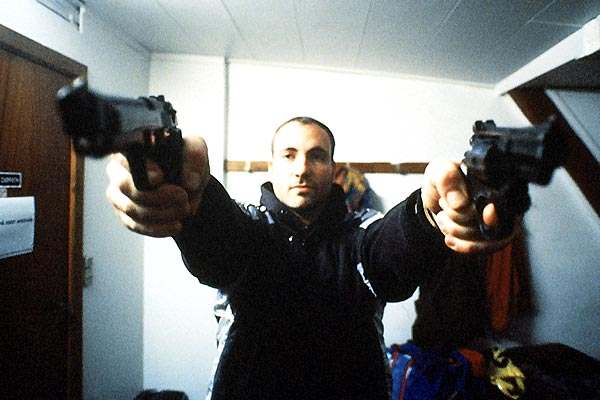
Nicholas Winding Refn made a splash with his debut 1996 film Pusher, which momentarily positioned him as Europe’s answer to Tarantino. It borrowed the realist approach of Dogme 95, but fully embraced genre elements of 70s Hollywood to create something that was fresh and unique.
The film is a straightforward crime yarn with shades of Mean Streets. Kim Bodnia stars as the pusher of the title, Frank, who takes a shot at the big leagues by purchasing a large package of heroin on credit from a Serbian.
Things immediately take a wrong turn and Frank spends the rest of the film trying to get the money to pay back the Serbian while staying on the good side of the men sent to collect. Pusher also marks the big-screen debut of Mads Mikkelson, in an incredibly charismatic turn as the lovable and repulsive Tonny– who returns as the protagonist for the film’s excellent sequel, Pusher II.
Refn’s first film already has all the marks of his better-known oeuvre in the west– pulsing music driving a strict pace, an intense sense of style, a predilection for red lighting sources and cruel, unrelenting characters –but unlike his later films, which delve into heightened fantasy, Pusher feels viscerally real and remains an excellent source of inspiration for young filmmakers.